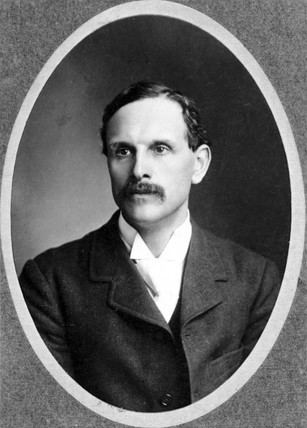Name Hugh Callendar Children Guy Stewart Callendar | Role Physicist | |
 | ||
Books A Manual of Cursive Shorthand, Properties of Steam and Thermodynamic Theory of Turbines | ||
Hugh Longbourne Callendar FRS (18 April 1863 – 21 January 1930) was a British physicist. He was born at Hatherop as the eldest son of the Reverend Hugh Callendar, a local Anglican rector. He married Victoria Mary Stewart in 1894, and the couple had three sons—Leslie Hugh Callendar, Guy Stewart Callendar, and Max Victor Callendar—and a daughter, Cecil Callendar.
He was professor of physics at Royal Holloway College from 1888-93. He was then appointed Professor of Physics at McGill University in Montreal, Quebec, Canada. Leslie, Cecil and Guy were born during this time at McGill. Hugh designed the first X-Ray experiments in Canada which produced satisfactory images used in hospitals. He returned to England in 1898 to assume the Quain chair in physics at the Royal College of Science and was succeeded at McGill by Ernest Rutherford, the "father" of nuclear physics, who wrote that Callendar was regarded as a "universal genius." In 1906 Callendar received the Rumford Medal for his experimental work on heat.
In 1907, Callendar took a professorship at Imperial College, London, where he would remain until his death in 1930. He did much research on the properties of steam at high temperatures, and during the first World War used x-ray imaging technology to improve aircraft engines.
Hugh's interests and hobbies included astronomy, nature study, competitive shooting, gymnastics, soccer, tennis, and handicraft, including automotive mechanics.
He died at home in Ealing, of pneumonia.
Among Callendar's inventions was a rolling-chart thermometer that allowed long-duration collection of climatic temperature data.
